Petroleum Products
Jet Fuel
Throughout history, oil and the products obtained from oil have been able to make human life easier and bring it closer to modernity. After the advancement of technology and man's access to special airplanes and types of jets and missiles, the issue of their fuel was also raised.
Jet fuel is one of the other products obtained from oil and is one of the essential needs of human life today
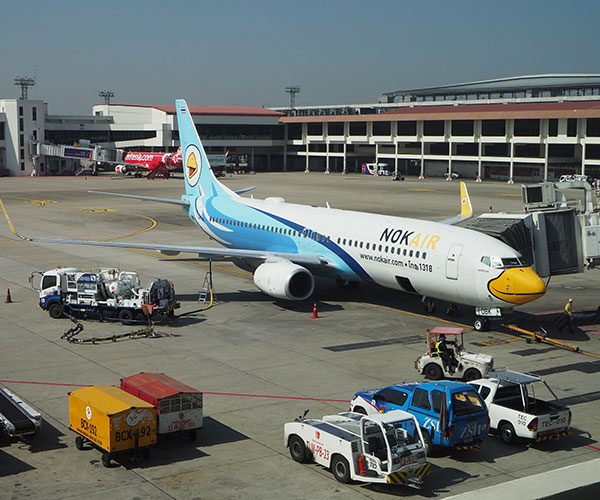
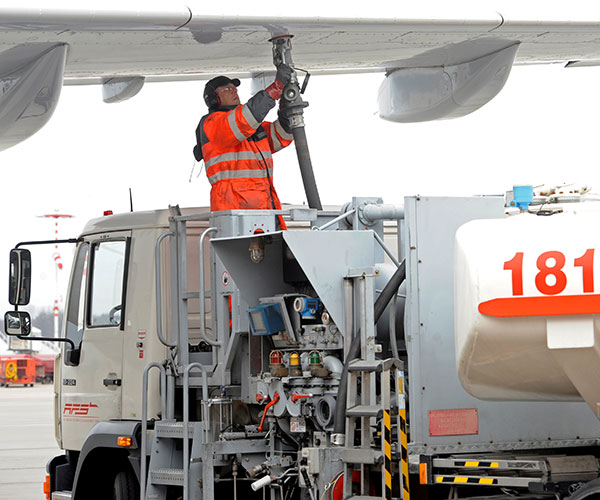
Jet Fuel
Jet engines in all types of airplanes, helicopters, and all aircraft use a fuel called jet fuel, which must have special conditions and be fueled by different fuel tanks.
Aircraft engines have a different structure from car piston cylinder engines. In these engines, by creating acceleration in the air, a force called “Trust” is created, and this force actually causes the necessary forward thrust in the plane. Therefore, jet fuel must have a special structure.
Sustainable Jet Fuel
Suitable jet fuel should have a high ignition temperature, should not precipitate and cause rust, should have a high calorific value, be safe to transport and work with, should not damage the hot parts of the engine turbine, and flow well in cold weather.
Types of Jet Fuel
There are various types of jet fuel that have different names in different countries depending on their military or passenger use. The most widely used product is the turbojet (TRO) or (JP8), which NATO uses as F34 and F35. A similar fuel in the US is called JetA1. In the military, more volatile fuels called TR4, JP4, Jet B, F45, and F40 are used. The different names of these fuels are due to slight differences in their structure. There is also a heavier, less volatile type of jet fuel called TRS or JPS (which provides greater safety when stored). The most widely used jet fuel in the world is TRO or JetA1, which is used for almost all aircraft in the passenger fleet.
However, Jet fuels for civil aircraft are divided into two general categories:
1. Jet fuel A and A1
Jet fuel A is the standard jet fuel in the United States. And in other parts of the world, the A1 standard is used. The ignition point of both of them should be higher than 38 degrees Celsius and their self-ignition temperature should be higher than 210 degrees.
2. Jet fuel B
This type of fuel is a combination of approximately 30% kerosene and 70% gasoline. This type of fuel has a lower freezing temperature and does not freeze up to 60 degrees below zero. Its ignition point is also lower and as a result, it is considered a more dangerous fuel. This type of fuel performs better in cold weather and is used only in very cold weather.
Iran and Jet Fuel
The CEO of Tehran Oil Refinery said that Tehran Oil Refinery supplies nearly 50% of the country’s jet fuel by producing quality jet fuel. According to the United Nations, Iran ranks seventh in the region in jet fuel production.
In the current situation, Iran is one of the largest producers of gasoline for all types of passenger aircraft, cargo, and jet fuel, and with the use of the third phase of the Abadan Oil Refinery development project, the possibility of producing gasoline for helicopters and some small educational and agricultural aircraft has been provided, so that the production of gasoline “Helicopter” is one of the side products of this oil project.
The director of production coordination and supervision of the National Company for Refining and Distribution of Petroleum Products, emphasizing that now Iran has the surplus capacity to produce and export all types of aircraft fuel with international standards, noted that by conducting marketing, the possibility of exporting all types of aircraft fuel will be provided.
We at Iran Petroleum are by your side to supply the highest quality and rarest Iranian Petroleum Products. Our professional consultants will accompany you in this way.

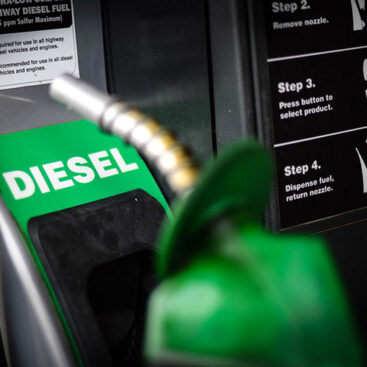
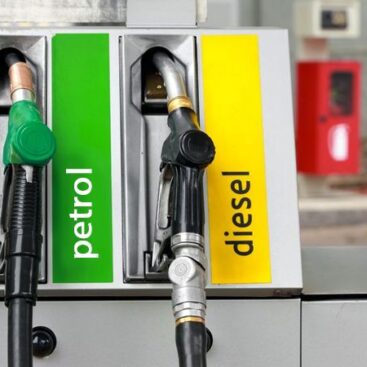
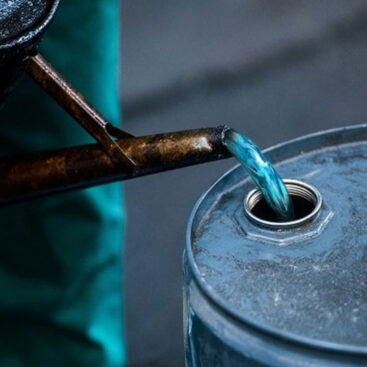
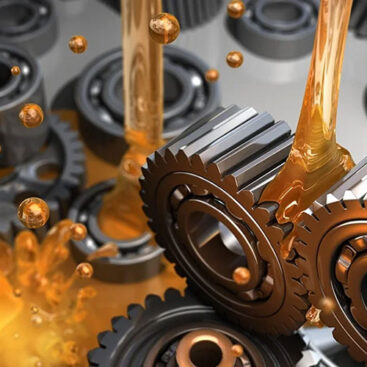
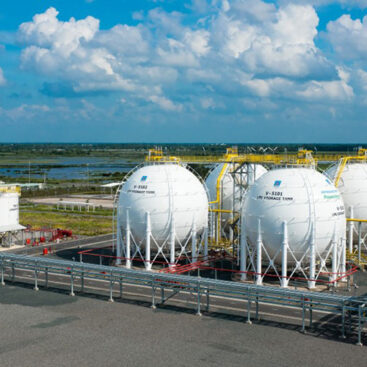

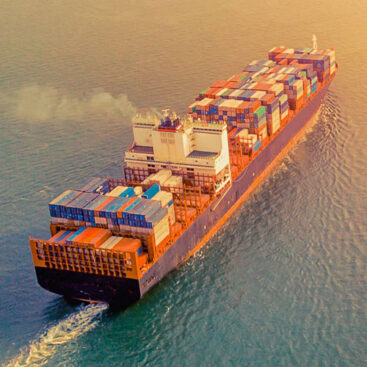
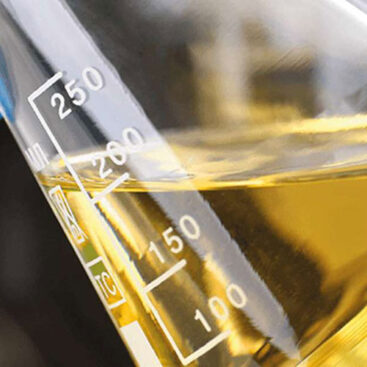
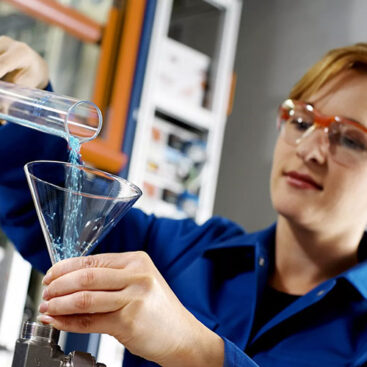
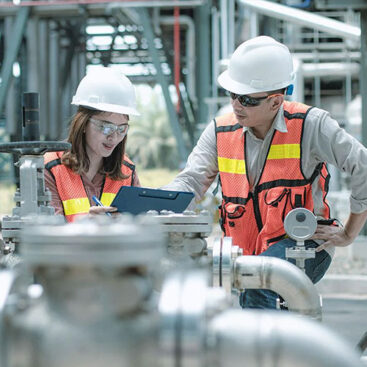
Leave a Reply